Effective Web Design Tactics: Drive User Engagement and Conversions for Your Delta, BC Business
A well-designed, user-friendly website is crucial for businesses seeking to attract and retain customers in today's digital-driven world. A seamless, engaging, and efficient online experience can make a lasting impression on your potential customers, increasing the likelihood of converting leads into sales. As a Delta, BC business owner, a strategic and appealing web design can significantly enhance your online presence and contribute to sustainable business growth. At Everyday Marketing Services, we specialize in crafting tailored web design solutions that elevate user engagement, improve conversion rates, and bolster your brand's credibility to your target audience. In this comprehensive guide, we will explore the intricacies of effective web design and delve into proven strategies to create a powerful online experience for your customers.
In today's competitive online landscape, a well-designed website is critical for businesses to showcase their unique value proposition, solidify their credibility in the market, and foster a sense of trust among potential customers. Research suggests that 94% of users form their first impressions about a website based on its design, highlighting the importance of crafting a visually appealing, user-friendly, and functional online platform.
In this article, we will delve into essential web design strategies, including understanding your target audience, establishing a strong brand identity, utilizing responsive web design, and optimizing your website's content and layout for enhanced user experience. We will also discuss the significance of incorporating conversion-focused elements, such as clear calls-to-action and intuitive navigation, to facilitate a seamless customer journey and drive conversions. Additionally, we will highlight the importance of continuous website optimization, user experience testing, and performance analytics to ensure your website remains adaptive to current trends and user preferences.
Understanding Your Target Audience and Crafting a Compelling Online Experience
A crucial building block of effective web design is crafting an online experience tailored to your target audience's preferences and needs:
1. Conduct Audience Research: Gain insights into your target audience's online behaviour, interests, and pain points by leveraging data from market research, web analytics, and customer feedback.
2. Define User Personas: Create detailed user personas that encompass your ideal customers' demographic information, needs, and motivations to inform your website's design, content, and navigation elements.
3. Map the Customer Journey: Plot your target audience's journey through your website, identifying key touchpoints, potential pain points, and opportunities for engagement and conversion.
Establishing a Strong and Consistent Brand Identity
A visually appealing and consistent brand identity can boost recognition and foster trust among your potential customers:
1. Develop a Visual Aesthetic: Craft a visual aesthetic that reflects your brand's personality, values, and unique selling proposition. Consider elements such as a color palette, typography, and graphical elements that are distinctive and cohesive with your brand identity.
2. Ensure Brand Consistency: Strengthen your brand recognition and customer trust by maintaining a consistent visual identity throughout your website, digital marketing assets, and offline materials.
3. Leverage Quality Visuals: Utilize high-quality images, graphics, and videos to elevate your brand's visual appeal, showcase your products or services, and enhance user engagement.
Implementing Responsive Web Design and Optimizing User Experience
Optimal user experience is key to maximizing user engagement and ensuring seamless navigation:1. Employ Responsive Web Design: Implement a responsive web design that automatically adapts to different screen sizes and devices, ensuring a consistent and accessible browsing experience for users across desktops, tablets, and smartphones.
2. Optimize Page Load Speed: Enhance user experience and reduce bounce rates by improving your website's load speed. Utilize techniques such as compressing images, minimizing JavaScript files, and utilizing browser caching to increase website speed.
3. Simplify Navigation: Design an intuitive and easy-to-navigate menu structure that enables users to quickly access essential information and encourages seamless exploration of your website.
Incorporating Conversion-Focused Elements and Continuous Optimization
Maximize the potential for conversions by strategically incorporating conversion-focused elements and continuously refine your website based on performance data:
1. Use Clear Calls-to-Action (CTAs): Encourage users to take desired actions, such as making a purchase, requesting a quote, or subscribing to your newsletter by using clear, compelling, and prominently placed CTAs.
2. Leverage Social Proof: Showcase customer testimonials, case studies, or positive reviews to foster credibility and trust among your target audience.
3. Monitor and Analyze Performance Data: Utilize website analytics tools, such as Google Analytics, to track user behaviour, engagement metrics, and conversion rates. Leverage these insights to inform continuous design and content improvements on your website.
Conclusion
A strategically designed, visually appealing, and user-centric website is fundamental to the success of your Delta, BC business. By understanding your target audience, establishing a strong brand identity, implementing responsive web design, and incorporating conversion-focused elements, you can create a powerful online platform that bolsters your online presence, drives user engagement, and generates sales conversions.
At Everyday Marketing Services, we are committed to helping Delta, BC, businesses like yours excel in the digital realm. Our team of web design experts offers a full suite of
digital marketing services
designed to create high-performing websites that cater to the unique needs of your customers and your business. From initial strategy and design to ongoing optimization, we are dedicated to your success. Contact us today to learn how we can elevate your online presence and empower your business growth through effective website design.

5 SEO Metrics You Should Always Be Monitoring: A Guide
Search engine optimization (SEO) is a critical aspect of digital marketing that helps businesses increase their online visibility and drive more traffic to their website. By optimizing your website and its content, you can improve your search engine rankings and attract more potential customers to your business.
However, SEO is not a one-time task but a continuous process that requires ongoing monitoring and analysis. By monitoring your SEO metrics, you can gain valuable insights into how your website is performing and make data-driven decisions to improve its SEO.
In this article, we will discuss five essential SEO metrics that businesses should always monitor.
1. Organic Traffic
Organic traffic refers to traffic that comes to your website through search engines. It is one of the most critical SEO metrics to monitor because it indicates how well your website is ranking in search engine results.
To track your organic traffic, use tools like Google Analytics, which provides detailed reports on the number of visitors to your website, how long they stay, and how they interact with your content.
2. Keyword Rankings
Keyword rankings refer to where your website ranks in search engine results for specific keywords. It is essential to monitor your keyword rankings because they determine how visible your website is to potential customers.
Use tools like SEMrush or Ahrefs to track your keyword rankings and identify opportunities for improvement.
3. Backlinks
Backlinks are links from other websites that point to your website. They are crucial for SEO because they signal to search engines that your website is a credible source of information.
Monitoring your backlinks is crucial because it helps you identify which websites are linking to your site and how they are doing so. Tools like Moz and Majestic can help you track and analyze your backlinks.
4. Bounce Rate
Bounce rate refers to the percentage of visitors who leave your website after viewing only one page. A high bounce rate can indicate that your website could be more engaging and relevant to your audience.
Monitoring your bounce rate is essential for identifying potential issues with your website's design, content, or user experience. Use Google Analytics to track your bounce rate and identify areas for improvement.
5. Conversion Rate
Conversion rate refers to the percentage of visitors who take a specific action on your website, such as making a purchase or filling out a form. It is a crucial SEO metric to monitor because it indicates how effectively your website is converting visitors into customers.
Use tools like Google Analytics to track your conversion rate and identify areas for improvement in your website's design, content, or user experience.
Conclusion
Monitoring your SEO metrics is essential for measuring the effectiveness of your SEO efforts and identifying areas for improvement. By tracking your organic traffic, keyword rankings, backlinks, bounce rate, and conversion rate, you can gain valuable insights into your website is performance and make data-driven decisions to improve its SEO. Use the tools and techniques outlined in this article to start monitoring your SEO metrics today.
If you want to improve your SEO, Everyday Marketing Services has you covered. We are the best digital marketing agency in Canada that can help you develop and implement effective marketing strategies to grow your business. Get in touch today to learn more about how we can help you achieve your marketing goals.



Let's Get Your Project Started!
© Copyright 2023, EVERYDAY MARKETING SERVICES - Privacy Policy - Terms

